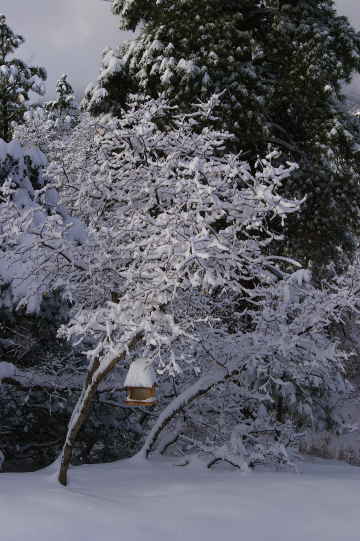Review: Stewart Farrar: Writer on a Broomstick
It should come as no surprise to readers of Stewart Farrar: Writer On A Broomstick that he identified with the Egyptian scribe-god Thoth and even believed that he had followed the occupation of scribe in a past life in pharaonic Egypt.
The story of how he visited Alex and Maxine Sanders' coven to write a magazine article, stayed, met Janet Owen (34 years his junior), and eventually married her as they led their own hived-off group has become a Wiccan staple.
But as a good biographer should, Elizabeth Guerra starts with his upbringing as a bright, sexually repressed (he made up for that later) boy in a Christian Science home, where the message was that illness results from one's own bad thoughts.
"This tenet remained with Stewart throughout his life," Guerra writes, describing how it ate at him after he suffered a stroke in old age.
As an adult, Farrar made his living playing the typewriter--even as an artillery officer in World War II he authored instructional manuals.
His initiation into Witchcraft and marriage to Janet brought on a creative surge. He wrote a series of magic-flavored novels and, with her assistance, a series of books on Wiccan practice.
There had been writers who were Wiccan before (Margaret St. Clair, to name just one), but now a professional journalist set out to describe and systemize everything. Consider this description from the catalog of Eight Sabbats for Witches's North American publisher:
Presents the detailed and dramatic rituals for each of the eight Sabbats - the seasonal ceremonies and festivals intimately linked with the waxing and waning rhythms of the natural year. Using their Book of Shadows (the witch's inherited handbook) as their starting point, practicing witches Janet and Stewart have added mythological and folkloric material, much of it personally gathered.
To complete the picture, they also give in full detail the rituals for Casting and Banishing the Magic Circle, and the often misunderstood Great Rite of male-female polarity. They include moving rituals for Wiccaning (the witches' equivalent of Christening), Handfasting (the witch wedding), and Requiem (funeral).
In a sense, it's technical writing and (although he never called himself one) doing theology. That's what happens when you try to impose intellectual coherence on religious experience.
One might say that the Farrars' work moved British Traditional Witchcraft (in the North American sense) a long way toward being a complete religious system.
Similarly, in the 1980s the Farrars gave space in their book The Witches' Way: Principles, Rituals and Beliefs of Modern Witchcraft to Doreen Valiente's attempt to track down the facts of Gerald Gardner's claimed 1939 initiation. Stewart always wanted to get the facts straight. As Guerra writes,
As a journalist, Stewart could never tolerate plagiarism. His attitude was that if you were going to educate people, then educate them: do not feed them lies, falsely claiming others' material as your own, and do not hide behind ego, because it does nothing to further the cause of education.
We need biographies or autobiographies of key Pagan figures, as I have argued before. Guerra's biography of Stewart Farrar (which includes tributes from others who knew him) is a worthwhile addition to our bookshelves.






